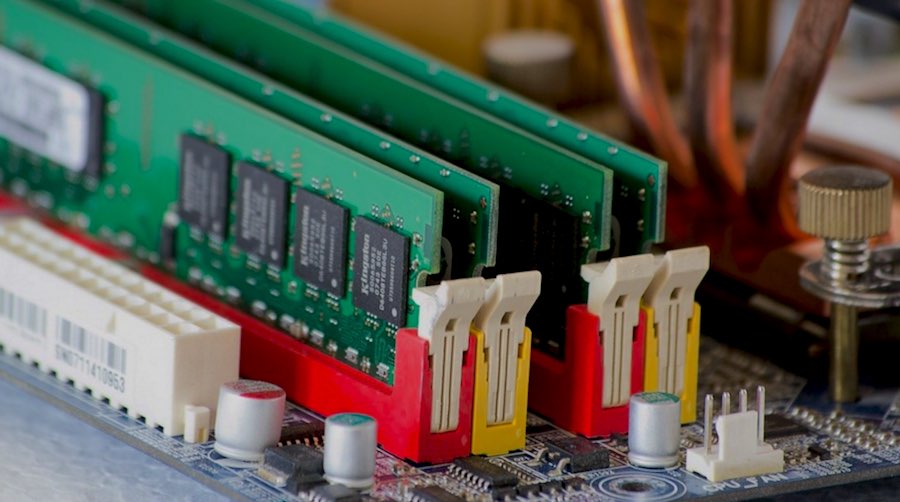Short Bytes: A group of Russian and European researchers has introduced a new method of quickly switching the computer memory cells. Using terahertz radiation named T-rays, the rate of cell-resetting can be increased by a factor of 1,000. This could result in the creation of ultrafast computer memory. However, the researchers are yet to perform the tests of actual computer memory cells.
We are living in an age where we are consuming superfast internet, big chunks of digital data, and spending heavy bucks on faster machines. Many of these regular tasks are powered by mighty computers and AI algorithms working behind the scene. This has also inspired the hardware designers to create systems with higher computational speeds.
If we analyze the factors determining the performance of a system, its memory plays an important role. Reducing the duration of every set/reset operation for a magnetic memory cell is a challenging task. To solve this problem, a group of researchers has published a research in the journal Nature and proposed the use of terahertz radiation, or “T-rays”
How will T-rays speed up computer memory?
The research mentions the use of T-rays for swapping out the magnetic fields. This could boost the cell-resetting process by a groundbreaking factor of 1,000, resulting in the creation of ultrafast memory.
You might be wondering what’s so special about T-rays. These are basically a series of short EM pulses at terahertz frequencies. The team has performed an experiment with thulium orthoferrite (TmFeO₃), achieving higher speeds with an external magnetic field to control the spins.
However, when T-rays were used, the spins were controllable at a much faster rate and, without an external field, too. The researchers claim that their study is the first one to make use of such mechanism to control the resetting of magnetic subsystems.
The scientists are yet to publish their results on the actual PC memory cells. So, it can’t be predicted when we’ll see T-rays being used in our PCs.


No comments:
Post a Comment